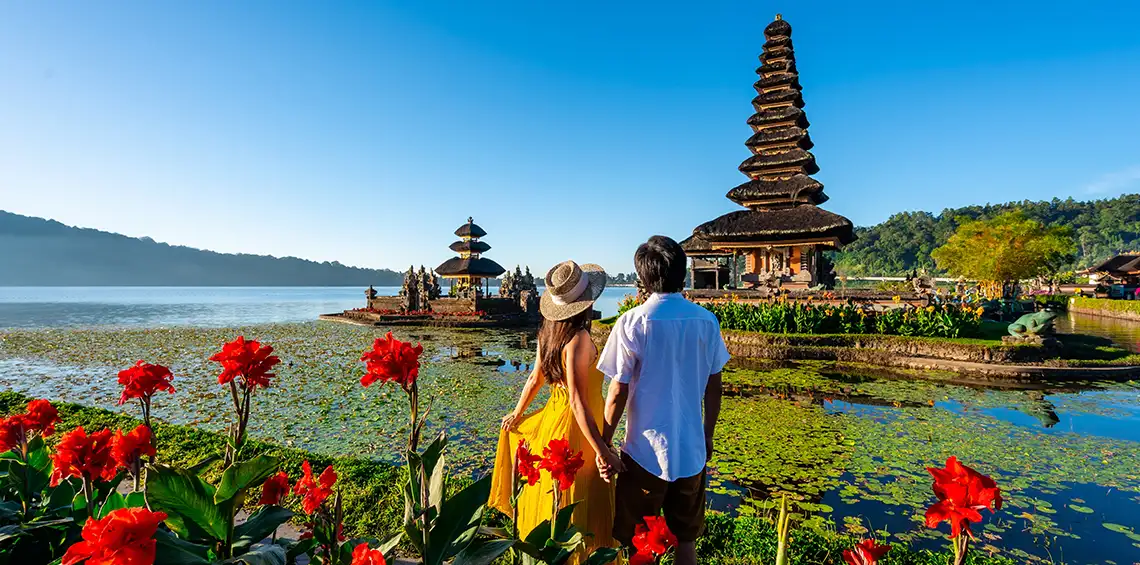destination—it’s an awakening. From the golden savannas of the Serengeti to the misty peaks of Kilimanjaro and the spice-scented beaches of Zanzibar, this East African gem offers a safari experience that’s as diverse as it is unforgettable. Whether you dream of watching wildebeest thunder across the plains or sharing a private bush breakfast with elephants in view, this guide will help you plan your perfect Tanzania safari—without the overwhelm.
Why Tanzania Captures the Imagination
There are few places on Earth where wildlife, luxury, and culture merge so effortlessly. Picture yourself watching the sun rise over acacia-dotted landscapes as lions stir from sleep, or floating silently above the plains in a hot air balloon as giraffes graze below. Tanzania’s magic lies not just in its iconic scenery—but in its ability to surprise, soothe, and stir the soul.
It’s a place where every moment feels cinematic. Every sunrise is a masterpiece. And every encounter with nature reminds you of your place in the world.
When to Go: Understanding Tanzania’s Seasons
Dry Season (June–October)
This is the peak season for game viewing. Skies are clear, vegetation is thin, and wildlife congregates around water sources. The famous Mara River crossings of the Great Migration typically occur from July to September in northern Serengeti—an epic spectacle of predator versus prey.
Expect larger crowds and higher prices, but also guaranteed action.
Green Season (November–May)
This lush, less-crowded period is a favorite among wildlife photographers and seasoned travelers. The landscape bursts with greenery, migratory birds arrive in full force, and the southern Serengeti hosts the magical calving season from January to March, when over 500,000 wildebeest are born in a matter of weeks.
Rain showers are frequent but short-lived. Bonus: rates at many lodges drop significantly.
Chimp trekking in Mahale is best in November, when fruiting trees lure chimps closer to the lake.
Where to Go: Northern vs. Southern Circuit
The Northern Safari Circuit: Tanzania’s “Greatest Hits”
Serengeti National Park: Home of the Great Migration, Big Five, and dramatic savannah sunsets. Stay in luxury lodges or seasonal mobile camps that follow the herds.
Ngorongoro Crater: A UNESCO-listed volcanic caldera with one of the highest densities of wildlife in Africa. Spot black rhino, lions, hippos, and more within a single game drive.
Tarangire National Park: Famed for its baobab trees, massive elephant herds, and rich birdlife.
Lake Manyara: Compact but brimming with life. See flamingos, tree-climbing lions, and blue monkeys.
Most luxury safaris in this circuit start from Arusha and follow a clockwise route through these parks.
The Southern Safari Circuit: Wild, Remote, Authentic
Ruaha National Park: Tanzania’s best-kept secret. Vast, raw, and filled with lions, elephants, and endangered African wild dogs. Excellent for walking safaris.
Nyerere National Park (formerly Selous): Ideal for water-based safaris along the Rufiji River. Spot crocs, hippos, and elephants from a boat.
Katavi: One of the least-visited parks. Come during the dry season to witness massive hippo pods and dramatic predator-prey interactions.
Mahale Mountains: Trek into lush forests to observe wild chimpanzees near Lake Tanganyika.
Access is by small charter flights. Ideal for repeat or crowd-averse travelers.
How Long to Stay?
Minimum: 6–7 days to cover two parks (e.g. Serengeti + Ngorongoro)
Ideal: 10–14 days to explore 3–4 parks, plus a beach or cultural extension
Combine multiple experiences: safari + Kilimanjaro + Zanzibar.
Add-On: Zanzibar and Island Escapes
After dusty game drives and thrilling wildlife encounters, few things feel as indulgent as retreating to the Swahili Coast.
Zanzibar: Dive into culture in Stone Town, snorkel vibrant reefs, or simply unwind at luxury beachfront resorts. Ideal year-round, with best diving visibility in March.
Pemba, Mafia, Mnemba, Fanjove: Private island experiences with world-class diving and overwater villas. Perfect for honeymoons and slow luxury.
Flights from safari airstrips to Zanzibar take just over an hour.
Unforgettable Safari Experiences to Include
Hot air balloon safari over the Serengeti
Bush breakfasts and private sundowners
Guided walking safaris in Ruaha or Selous
Cultural immersion with Maasai communities
Kikuletwa hot springs and Materuni waterfall near Kilimanjaro
Day hike or full climb on Mount Kilimanjaro
Every experience can be customized to match your pace and interests.
Packing List for Tanzania
Lightweight pants and long sleeves
Walking shoes or boots
Wide-brimmed hat, sunglasses
Sunscreen and insect repellent
Binoculars and a good camera
Swimwear and sandals for Zanzibar
Waterproof pouch for electronics
Most luxury lodges offer laundry service. Travel light.
What First-Time Safari Travelers Should Know
Be patient: Wildlife sightings can be sudden or slow. Each moment builds the anticipation.
Listen more than you speak: Your guides know the bush like family. Their stories are part of the magic.
Skip the hard-shell suitcase: Soft-sided bags are required for small flights.
Disconnect to reconnect: Many camps are off-grid. Let nature lead.
The Final Word: Your Once-in-a-Lifetime Journey Begins Here
A Tanzania safari is not just about ticking off the Big Five. It’s about waking up to birdsong in a canvas tent, feeling the thrill of tracking a leopard, laughing with locals over shared stories, and witnessing nature in its rawest, most elegant form.
It’s not just a holiday. It’s a personal transformation.
For those ready to begin, Tanzania Safaris offers unrivaled expertise, personalized service, and access to the finest lodges and island retreats. Let their team of luxury travel designers craft the once-in-a-lifetime journey your love story—or your spirit of adventure—deserves.
Because the perfect safari doesn’t just happen. It’s curated, crafted, and completely unforgettable.




Want to add a comment?